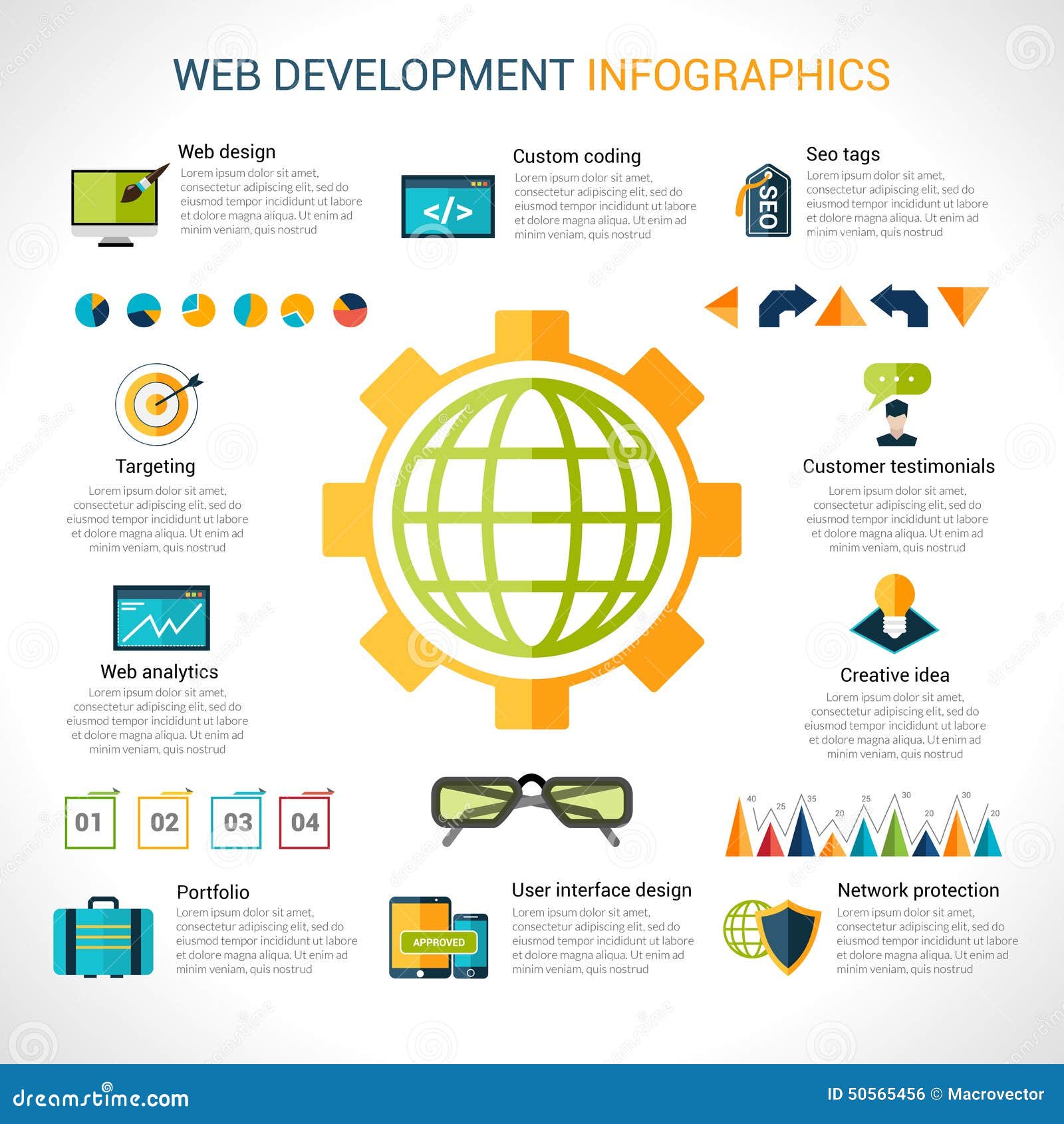Website Style Basics: Tips For Building A User-Friendly Site
Website Style Basics: Tips For Building A User-Friendly Site
Blog Article
Web Content Produce By-Le Skinner
When it comes to web site style, making certain user-friendliness is essential. From receptive layout to streamlined navigation, every element plays an important duty in creating a site that deals with your target market's requirements. But what concerning the finer details that can make or damage an individual's searching experience? Keep tuned as we uncover some often-overlooked pointers that can elevate your internet site's usability to the following level, making it genuinely stick out in the electronic landscape.
Value of Responsive Style
Receptive style is an essential aspect of modern website advancement. Ensuring your internet site is responsive means that it can adjust to various screen dimensions and devices, giving a seamless experience for individuals.
With the increasing use of smartphones and tablet computers to access the web, having a responsive style is necessary for getting to a wider audience. It aids in improving individual experience by making your site easy to navigate and keep reading any kind of device.
Additionally, receptive style can positively influence your search engine rankings, as search engines like Google focus on mobile-friendly web sites. By having a receptive design, you're also future-proofing your site, as brand-new tools with varying screen dimensions continue to arise.
Simplify Navigation Structure
To enhance individual experience and promote very easy access to details on your web site, improving the navigation structure is critical. When designing your site, concentrate on creating a clear and user-friendly navigation menu that helps visitors locate what they're trying to find swiftly.
Limit the number of food selection products to the essentials, grouping relevant web pages with each other to stay clear of frustrating customers. Use descriptive labels that plainly suggest the content of each page, making it much easier for individuals to comprehend where each link will certainly take them.
Take into consideration implementing dropdown menus for subcategories to avoid jumbling the primary navigating bar. Additionally, consist of a search bar plainly on the page for individuals that favor looking for details information.
Focus on mobile responsiveness in your navigation design to make sure easy gain access to on all gadgets.
Optimize Web Page Tons Rate
Improving page tons speed is vital for preserving visitors on your site. Slow-loading https://www.forbes.com/sites/stevedenning/2022/02/28/how-marketing-is-being-reborn-in-the-digital-age/ discourage customers and can cause high bounce prices. To maximize web page load rate, beginning by optimizing photos. Press photos without endangering high quality to lower their data dimensions.
Furthermore, make seo optimisation google for web browser caching to store often accessed resources in your area, accelerating lots times for returning site visitors. Minify CSS, JavaScript, and HTML documents by eliminating unneeded personalities, remarks, and format, improving load rate.
Think about utilizing a content distribution network (CDN) to disperse your web site's material across numerous web servers worldwide, lowering latency for customers accessing your website from various areas. Finally, restrict making use of third-party scripts and plugins, as they can dramatically impact tons times.
Final thought
In conclusion, by integrating receptive layout, simplifying navigating, and optimizing page load rate, you can produce an user-friendly website that interest a broader target market and enhances individual experience. These essential elements guarantee that visitors can easily access and navigate your site throughout different devices, causing enhanced engagement and satisfaction. By focusing on these vital elements, you can develop a successful web site that maintains individuals coming back for even more.
